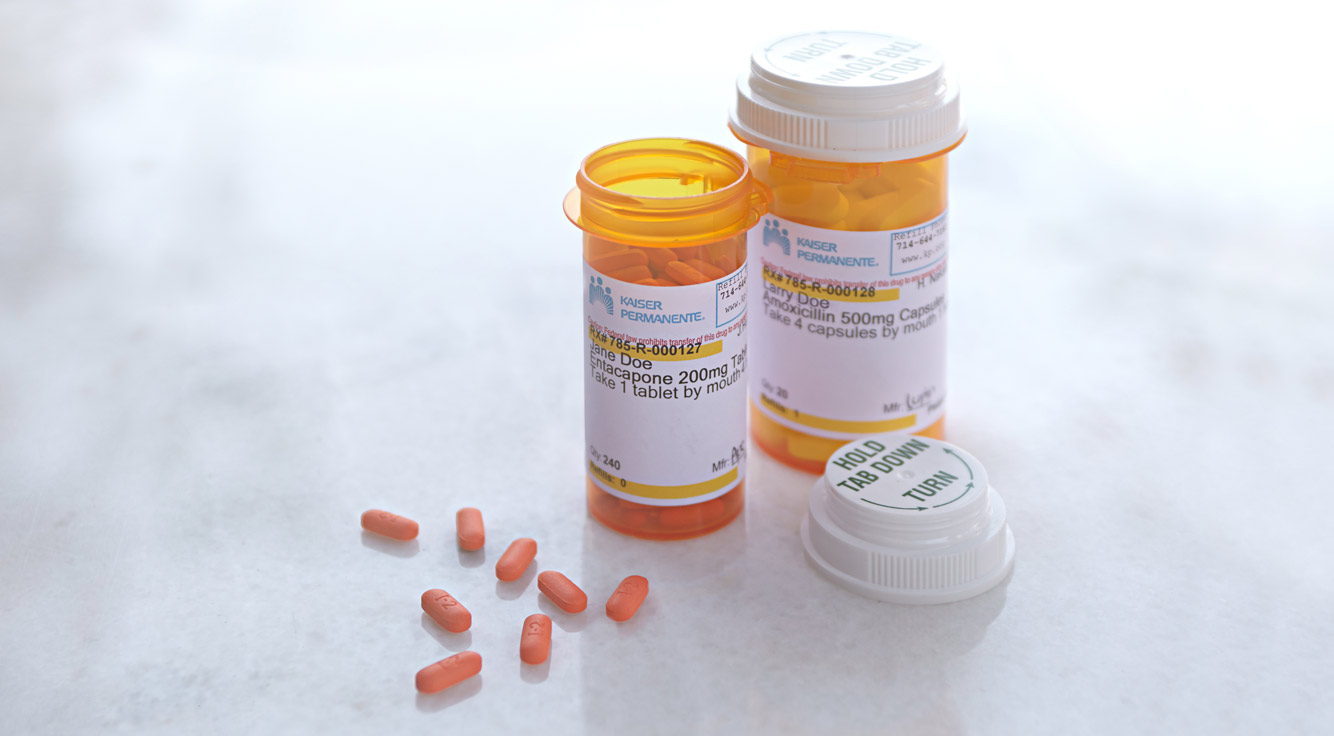
Countering the problem of opioid addiction
The United States is in the middle of a public health epidemic, with more than 40 people dying each day from prescription opioid overdoses. Health care systems across the nation are racing to implement policy and practice interventions to address the epidemic. At Kaiser Permanente, our Safe and Appropriate Opioid Prescribing Program has been one of our most successful efforts to confront the problem — not only for our members, but in the communities we serve.
The principle behind the program
In 2009, our physicians looked at the most frequently prescribed drugs for Kaiser Permanente members in Southern California. They were surprised to find that drugs for hypertension and diabetes were not at the top of that list. Instead, opioid medicines and highly addictive narcotics were the most common. In addition, people were getting prescriptions at higher doses than we had previously seen.
Around the same time, new research was being published on the hazards and ineffectiveness of opioids for the management of chronic pain. Given all this evidence, we decided we needed to break the cycle and find alternatives. Rather than risk patients being addicted and overdosing, we would seize the opportunity to improve the quality and safety of drug prescribing at Kaiser Permanente.
Starting in 2010, we launched the Safe and Appropriate Opioid Prescribing Program, a comprehensive initiative to transform the way that chronic pain was viewed and treated. We implemented several efforts to reduce opioid prescriptions, including prescribing and dispensing policies, monitoring and follow-up processes, and clinical coordination through our electronic health record system.
Changing prescribing patterns
Through this program, we’ve effectively and appropriately reduced:
- Prescription of high-risk, long-acting opioids
- Prescription of opioids at high doses and in large quantities
- The combined prescription of opioids with carisoprodol (known as Soma) or Benzodiazepine
Results continue to demonstrate that the program is reducing overprescription of opioids and reducing the risk of overdose and death in our members.
Beyond protecting our members, Kaiser Permanente’s focus on prescribing the lowest effective dose and supply has helped reduce the risk of opioids getting to the street. We know that unused medications in the medicine cabinet can find their way into our communities.
Caring for chronic pain
According to current clinical evidence and the Centers for Disease Control and Prevention (CDC) guidelines, opioids are not effective in treating chronic pain. Therefore, Kaiser Permanente has turned to a more multidisciplinary approach. We focus on making sure patients get the most effective treatments based on current evidence. This could include non-opioid medications, physical therapy, acupuncture, exercise, injections, cognitive behavioral therapy, and other methods.
After implementing the Safe and Appropriate Opioid Prescribing Program across Southern California, patients themselves reported feeling generally positive about our new approach to pain management. Many are, in the end, feeling better once they are off the very large doses of opioids they were on in the past.
Replicating this program across the country
As a result of a systematic and comprehensive set of strategies and tactics over several years, we’re seeing similar results in other states where Kaiser Permanente operates. We’re encouraged for the long term because other health care systems could implement this program, too.
TOPICSaddictionchemical dependencyopioid addictionpainkillers





